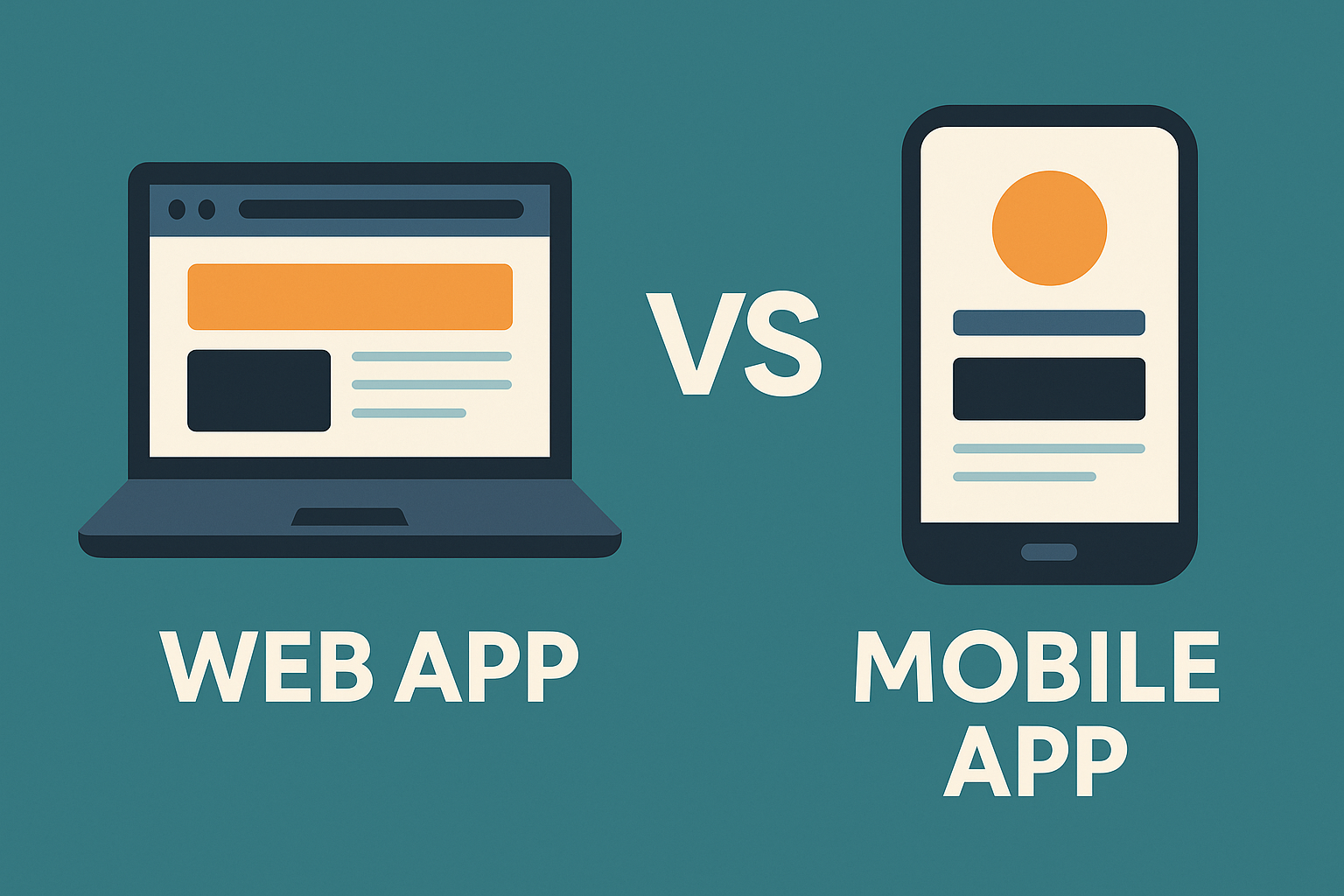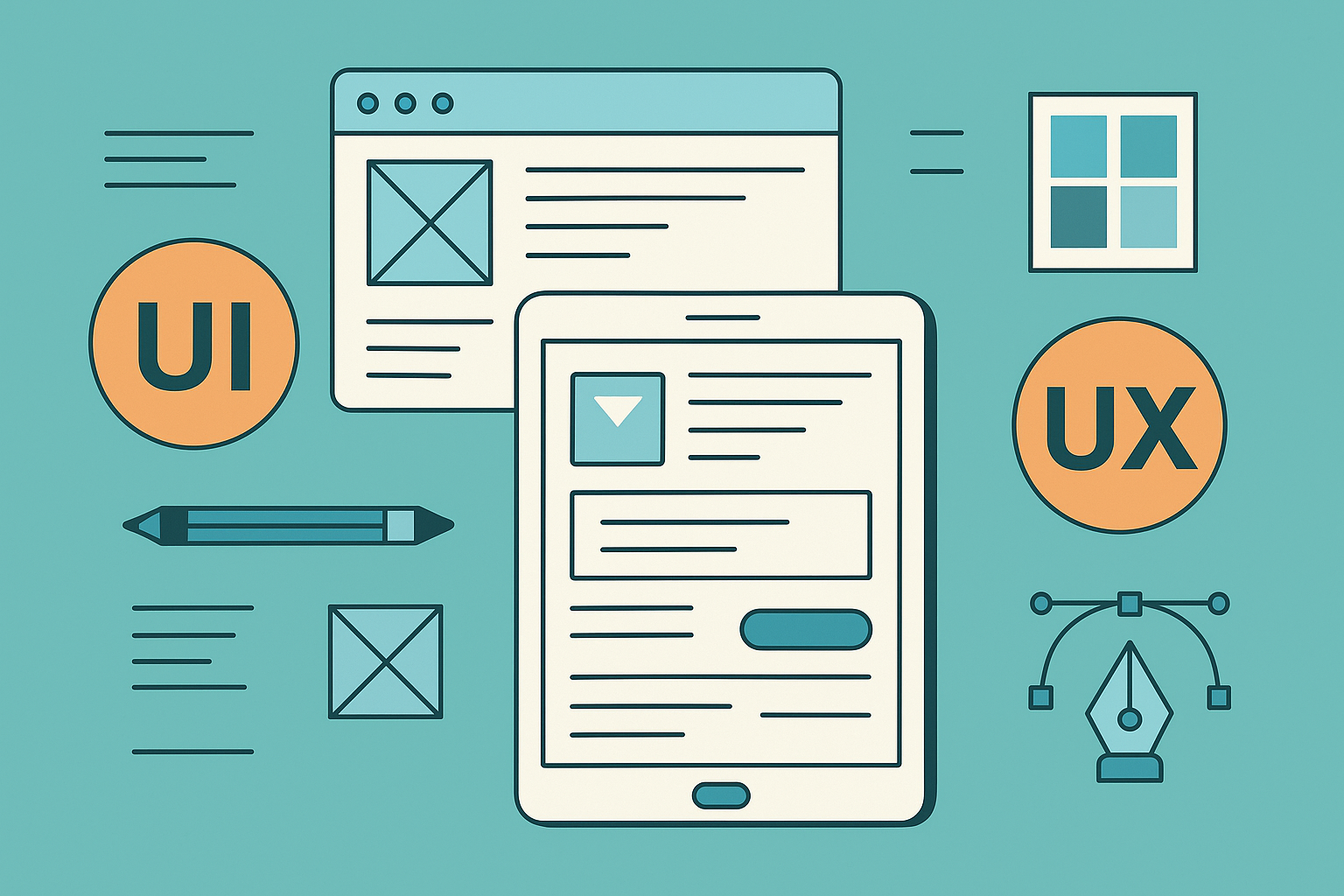
Introduction
Digital twins are often associated with large enterprises, aerospace companies, or industrial giants. But in reality, startups can unlock incredible value from this technology — if they use it strategically.
At its core, a digital twin is a virtual replica of a physical asset, process, or system. For startups where every dollar and decision counts, digital twins can mean the difference between a smooth, cost-effective launch and a series of expensive missteps.
Why Digital Twins Matter for Startups
In the fast-paced startup world, experimentation and iteration are key. But physical prototypes, operational changes, or system adjustments can be expensive and time-consuming. Digital twins bridge that gap by creating a virtual environment to test ideas, simulate workflows, and predict outcomes — without the real-world risks or costs.
When Startups Should Use Digital Twins
🔍 Early Prototyping: Validating Concepts Fast
In the ideation or early development phase, a digital twin allows you to simulate product behavior and performance. Instead of spending weeks building a physical prototype, startups can test virtual models quickly, analyze results, and refine their ideas.
This accelerates the design process, helping founders validate concepts and attract investors with data-backed confidence.
⚙️ Process Optimization: Boosting Efficiency
Even small startups can experience workflow inefficiencies. Whether it’s a manufacturing process, a logistics system, or even a customer interaction workflow, digital twins can help identify bottlenecks and optimize operations.
By running simulations, startups can fine-tune processes for greater productivity and smoother scaling without disrupting live operations.
💡 Risk Management: Safer Experimentation
Testing changes in the real world is risky — one wrong adjustment can lead to downtime, customer dissatisfaction, or financial losses. Digital twins provide a safe, controlled environment to experiment.
From adjusting production lines to evaluating new software integrations, startups can predict potential issues and make informed decisions without jeopardizing real-world systems.
⏱️ Cost Savings: Minimizing Expensive Mistakes
For startups, resources are limited, and mistakes can be costly. Digital twins help catch errors early, reducing the risk of expensive reworks or failures. Whether it’s a design flaw in a product or inefficiencies in a supply chain, identifying problems virtually before physical implementation saves both time and money.
Key Benefits of Digital Twins in Startups
- Faster Iteration: Test, refine, and implement changes rapidly.
- Data-Driven Decisions: Use simulations and predictive analytics to guide strategy.
- Scalable Insights: Build frameworks that grow with the company.
- Improved Stakeholder Confidence: Share virtual demonstrations and data-backed insights with investors and partners.
Using Digital Twins Strategically
For startups, it’s not about using digital twins everywhere — it’s about targeted, high-impact implementation. Identify areas where experimentation is costly or where decisions carry significant risk.
For example:
- A hardware startup can simulate product durability under various conditions.
- A logistics-focused business can optimize routing without field testing.
- A SaaS company can replicate user interactions to improve experience design.
By starting small and scaling as the business grows, startups can integrate digital twins without overwhelming their resources.
The Future of Startup Innovation
As technology becomes more accessible, digital twins are no longer just for big corporations. Cloud-based platforms and AI-driven tools have lowered the entry barrier, making it feasible for startups to implement digital twin strategies without heavy upfront investments.
By embracing digital twins early, startups set themselves up for faster innovation, smarter decisions, and more efficient growth — critical factors for long-term success in competitive markets.
Final Thought
Digital twins aren’t just a buzzword — they’re a strategic tool for startups that want to move fast while staying informed. The right time to use them is when you need clarity, efficiency, and insight to make better decisions.
For smart founders, digital twins are no longer optional — they’re the edge that accelerates success.


